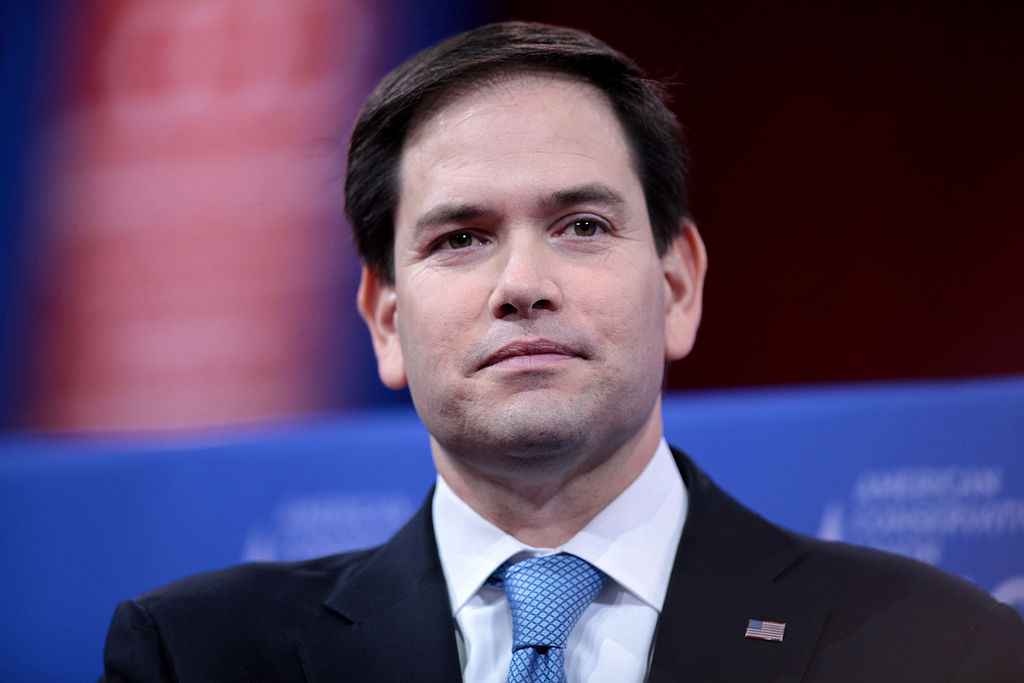The United States is assessing Russia’s conditions following Moscow’s agreement “in principle” to a U.S.-brokered Black Sea ceasefire with Ukraine, aimed at ensuring safe navigation and halting military use of commercial vessels. Secretary of State Marco Rubio confirmed the development on Wednesday after talks in Saudi Arabia led to parallel agreements between the U.S. and both Ukraine and Russia.
Rubio noted that Russia has laid out specific demands, which Washington will now review and present to President Donald Trump, who took office on January 20 and has advocated for ending the war. The U.S. is seeking clarity on Russia’s requests as part of efforts to de-escalate tensions in the region.
Russia’s conditions largely mirror those previously outlined in 2023, including the reconnection of the Russian Agricultural Bank (Rosselkhozbank) to SWIFT, resumption of agricultural equipment supplies, and the lifting of restrictions on insurance, port access, and financial operations for Russian food and fertilizer exports. Though these exports aren't directly sanctioned, Russia argues that payment and logistics barriers hinder trade.
The original Black Sea grain deal, brokered by the U.N. and Turkey in 2022, allowed Ukrainian grain exports and supported Russian agricultural trade. However, Moscow exited the agreement in July 2023, citing unmet conditions. The Kremlin reiterated these demands in recent statements.
The European Commission responded by stating that sanctions relief depends on the complete withdrawal of Russian forces from Ukraine. Meanwhile, the White House confirmed it had agreed to support Russia’s agricultural trade as part of the ceasefire, including reducing maritime insurance costs and improving port and payment access.
As diplomacy unfolds, the international community watches closely, hoping the ceasefire efforts will ease conflict and restore stability in the Black Sea.



 Trump Warns Ukraine Over Rare Earth Deal Withdrawal
Trump Warns Ukraine Over Rare Earth Deal Withdrawal  Interpol Red Notice Rejected for Ex-Panama President Martinelli Amid Asylum
Interpol Red Notice Rejected for Ex-Panama President Martinelli Amid Asylum  Taiwan Prepares for U.S. Tariffs as Lai Urges Swift Contingency Measures
Taiwan Prepares for U.S. Tariffs as Lai Urges Swift Contingency Measures  Trump Defends Auto Tariffs, Urges Shift to American-Made Cars
Trump Defends Auto Tariffs, Urges Shift to American-Made Cars  DOJ Launches Civil Rights Probe into LA Concealed Carry Delays
DOJ Launches Civil Rights Probe into LA Concealed Carry Delays  Trump Expects TikTok Sale Deal Before April 5 Deadline
Trump Expects TikTok Sale Deal Before April 5 Deadline  Zelenskiy Urges Strong Western Response After Deadly Russian Drone Strikes
Zelenskiy Urges Strong Western Response After Deadly Russian Drone Strikes  Trump to Impose Broad Reciprocal Tariffs on All Trade Partners
Trump to Impose Broad Reciprocal Tariffs on All Trade Partners  Trump Threatens Tariffs on Russian Oil Buyers Amid Frustration with Putin
Trump Threatens Tariffs on Russian Oil Buyers Amid Frustration with Putin  Trump’s Executive Order Sparks Outcry Over Smithsonian Exhibit Restrictions
Trump’s Executive Order Sparks Outcry Over Smithsonian Exhibit Restrictions  WHO Faces Major Budget Cuts Amid U.S. Withdrawal and Global Funding Decline
WHO Faces Major Budget Cuts Amid U.S. Withdrawal and Global Funding Decline  Ecuador President Daniel Noboa Replaces Vice President Amid Election Tensions
Ecuador President Daniel Noboa Replaces Vice President Amid Election Tensions  Appeals Court Backs Musk's Cuts to USAID During Legal Battle
Appeals Court Backs Musk's Cuts to USAID During Legal Battle  Netanyahu Pushes Disarmament of Hamas Amid Escalating Gaza Conflict
Netanyahu Pushes Disarmament of Hamas Amid Escalating Gaza Conflict  Judge Halts Trump Administration's Voice of America Shutdown Effort
Judge Halts Trump Administration's Voice of America Shutdown Effort  U.S. Defense Chief Calls Japan Vital Ally in Deterring China’s Regional Aggression
U.S. Defense Chief Calls Japan Vital Ally in Deterring China’s Regional Aggression  UK and US Advance Talks on Economic Prosperity Deal Ahead of Tariff Deadline
UK and US Advance Talks on Economic Prosperity Deal Ahead of Tariff Deadline 































